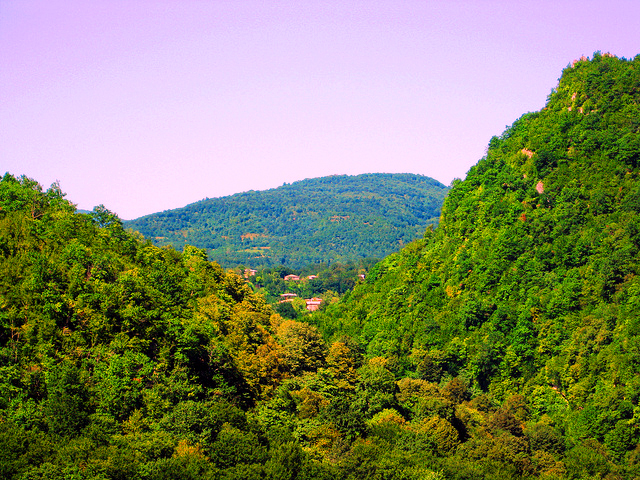Gallbladder Attack: What Does it Feel Like?
If you experience sudden pain in the middle or upper right section of your abdomen, you may be having a gallbladder attack. The pain may last a few minutes to a few hours, and it may lessen or disappear, only to recur. Or, the pain may be located in your back, either between your shoulder blades or in your right shoulder. Other symptoms of a gallbladder attack include nausea, vomiting, sweating, fever, and chills. Your urine may become dark yellow or even a brownish color, and your stools may be clay-colored.
These symptoms indicate the possibility that gallstones have blocked the flow of bile from the gallbladder to the small intestine.
What Causes Gallstones?
Gallstones form in your gallbladder, an organ that is located on the right side of your abdomen beneath your liver. Your gallbladder stores bile, which is a fluid that contains water, acid, cholesterol, bilirubin, and lecithin, and is produced by your liver. When you consume foods that contain fat, your gallbladder releases bile into ducts (tubes) that carry the bile to your small intestine, where it assists in the breakdown of fat.
If the bile contains too much cholesterol or bilirubin, these substances can form crystals that clump together and become gallstones. Gallstones that are very small pass through the ducts and cause no problems. However, larger gallstones may become lodged in one of the ducts, where they can block the flow of bile, cause inflammation in your gallblad-der, and produce pain and other symptoms.
Diagnosing a Gallbladder Attack
To find out whether the symptoms you’re experiencing are caused by a gallbladder attack, see a doctor. Tests that can aid in identifying gallstones include an abdominal ultra-sound and/or a computerized tomography (CT) scan. These tests create images of your gallbladder that can show if gallstones are present.
You’re at higher risk of having a gallbladder attack if you:
- have a family history of gallstones
- eat foods that are high in fat and/or cholesterol and low in fiber
- are overweight or obese
- have diabetes
- lose weight very quickly, such as after gastric bypass surgery
- are female
- take medications that contain estrogen, such as hormone therapy drugs
- are an American Indian or a Mexican American.
Take Steps to Prevent Gallstone Symptoms
Avoiding some foods and eating more of other foods can help reduce your risk of having a gallbladder attack.
Eating a “gallbladder diet” that is high in fat, especially saturated fat, has been linked with an increased chance of gallstones. A good-for-your-gallbladder diet contains little or no fried foods, fatty meats (including beef and pork), or dairy foods made from whole milk (yogurt, cheese, ice cream, butter). Other foods to limit or avoid include highly processed foods, especially packaged baked goods such as cookies, cakes, pies, doughnuts, and pastries, and packaged snack foods such as potato and tortilla chips.
A diet that is rich in plant-based foods, including vegetables, fruits, nuts, seeds, and whole grains, may help prevent gallstones. Healthy protein sources include skinless poultry, fish, and shellfish that is baked, broiled, or grilled (remember, avoid fried foods), and legumes (beans, peas, and lentils).
If you’re overweight, eating a healthy diet may also help you lose weight, especially if you combine it with regular physical activity.
Originally published in June 2016 and updated.
The post Gallbladder Attack: What Does it Feel Like? appeared first on University Health News.
Read Original Article: Gallbladder Attack: What Does it Feel Like? »
Powered by WPeMatico


